New archaeological finds
The modern era can be called the golden age of archeology. Thanks to new technologies and methods previously unattainable search, scanning and analysis, scientists each month make discoveries that change the view of the past. Some 100 years ago, it seemed that the world is already bypass and there is nothing new, but the past few years and made findings again changing scientific and cultural views. Superhendzh, acres and ancient scrolls - they are just part of what archaeologists have learned from the depths of the earth in recent years.
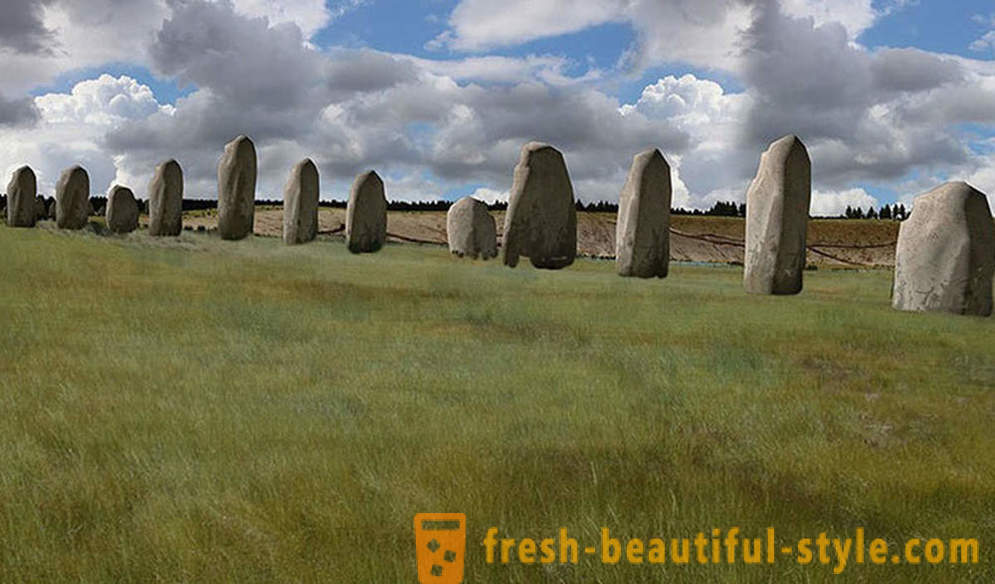
Superhedzh
New monument found only a few kilometers from Stonehenge, has become one of the most spectacular finds of the year. Europe's largest stone monument consists of a series of huge stones, arranged in a semicircle. Archaeologists believe that Superhedzh was built 4500 years ago. Opening clearly shows that Stonehenge was not standing in splendid isolation on the edge of Salisbury Plain. On the contrary, the monument is only the center of a much larger structures - most likely religious.
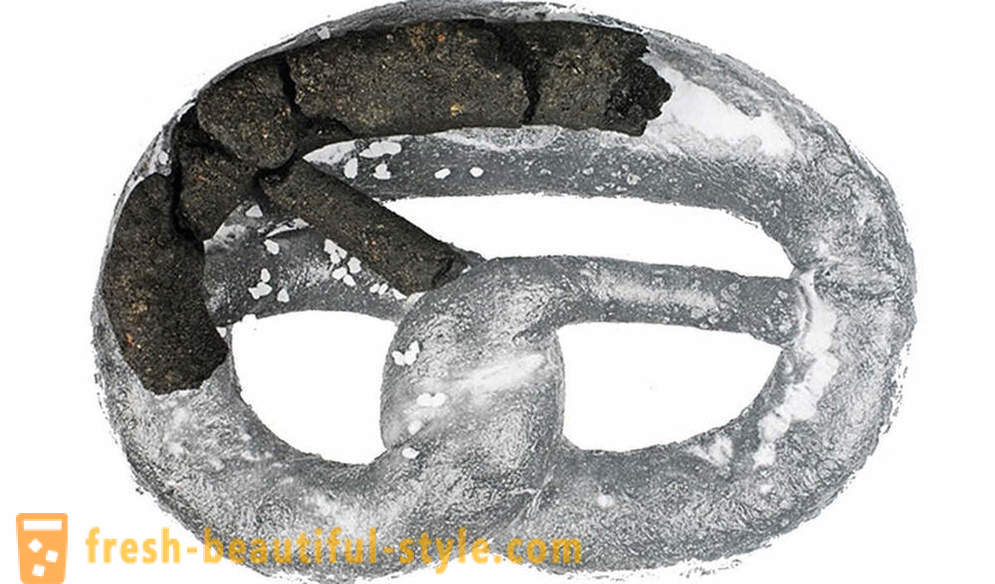
pretzels
In Germany, the oldest pretzels in the world was discovered. 250 years have lain pretzels under the floor of one of the destroyed bakeries Stuttgart. It is believed that the owner threw a party tainted products in the cellar - but what practical use this information to us, at least, is unclear.
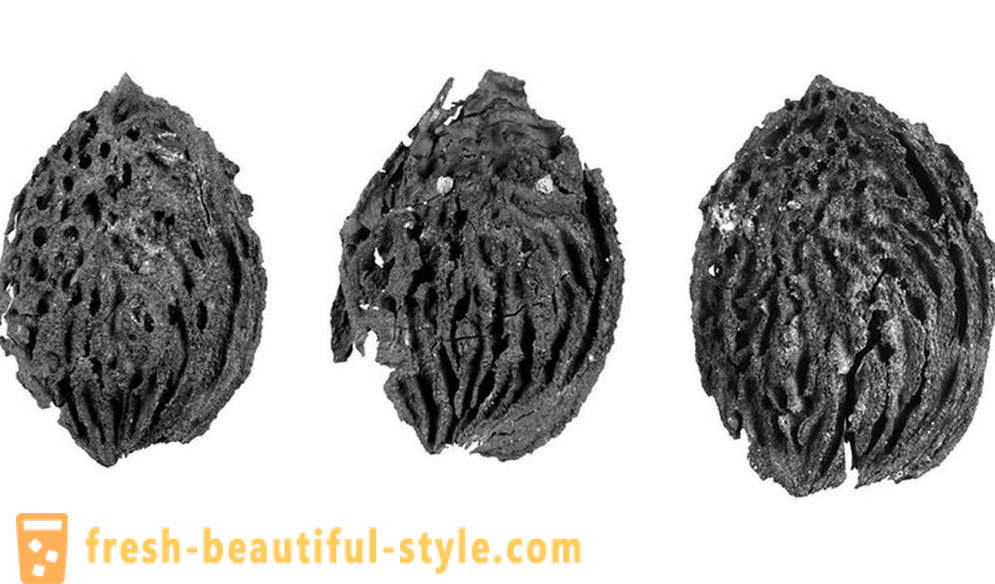
Peach
In general, this year a lot of archeological discoveries were somehow associated with food. In Italy, for example, it was found a sunken Roman ship: 2,000 years of its stores in the hold of the food turned into a subject of scientific interest. In China, the researchers found some of the oldest in the world peach pits dating back millions of years.
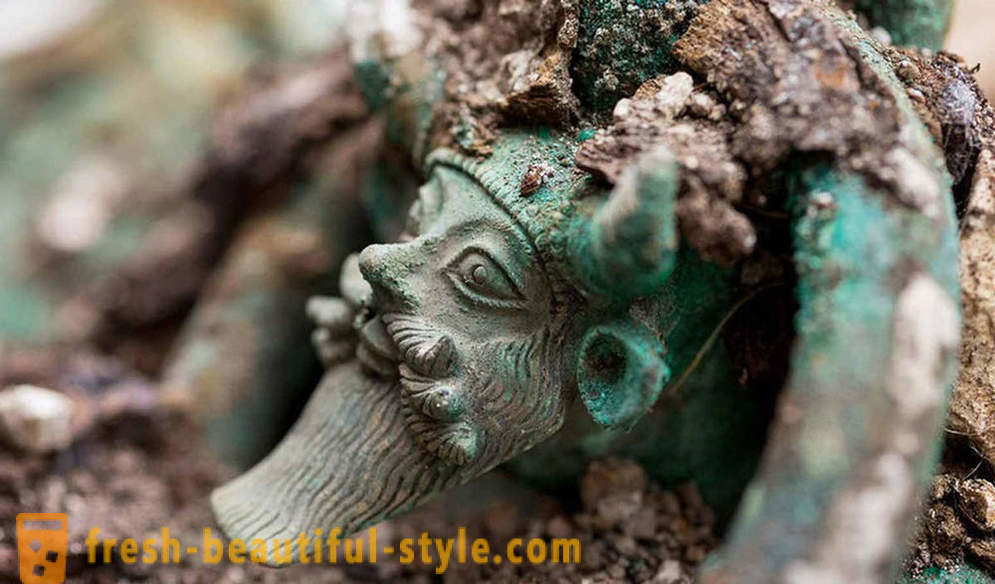
to
Celtic Prince
Archaeologists working in north-western France, have unearthed the tomb of the Celtic prince was buried back in the Iron Age. Leader, seated on a chariot battle, was immured in the middle of a huge mound. Other items found here allegedly made Etruscan and Greek masters. This discovery led researchers to take a fresh look at the distance that could overcome our ancestors.
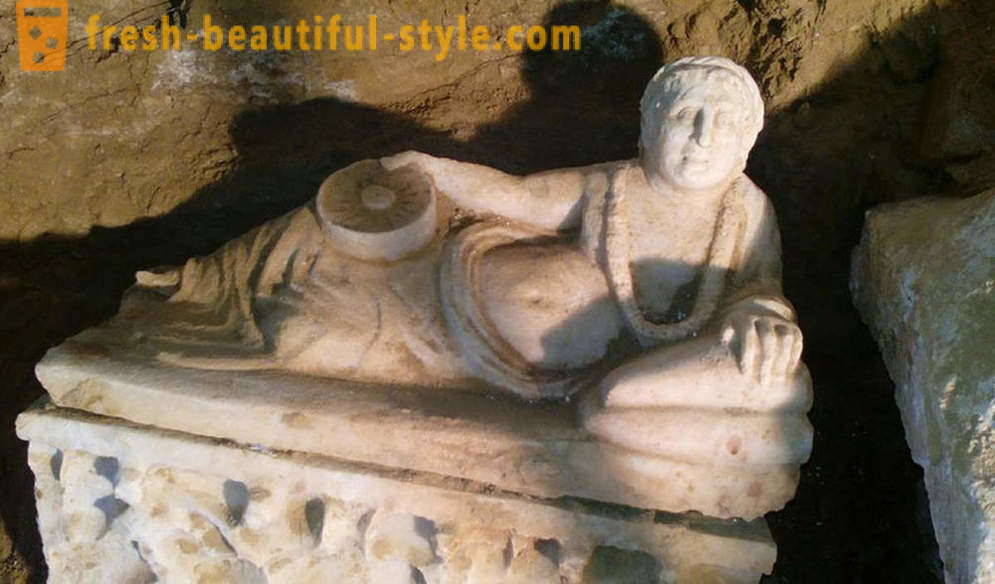
Etruscan tomb
Another amazing tomb was found in Tuscany. The farmer came across it by accident while working with a plow in his field. For two thousand years of burial was not touched nor beasts, nor robbers. On opening the tomb, the researchers found a rectangular chamber with two sarcophagi, four marble urns, decorated with intricate carvings and other rich offerings pointing to the aristocratic origins of the deceased. Most likely, the dust found in the sarcophagus belongs to the offspring of Etruscan leader from the nearby Etruscan fortress Chiusi.

Acre
Biblical archaeologists have made an important discovery that has allowed to solve one of the greatest mysteries of Jerusalem. Greek fort of Acre, built by King Antiochus IV of more than two thousand years ago, mentioned in many biblical writings. Remains have been found in the walls of Jerusalem in ruins, archaeologists found a lead combat slingshot, bronze arrowheads, and even stone catapult. All items marked with the personal emblem of Antiochus - trident.

Graveyard of ships
Twenty-two wrecks were found in the archipelago of Fourni - thirteen of the Greek islands in the Aegean Sea. The number of vessels, discovered just a week of diving, indicates the presence here of the ancient trade route, yet unknown to historians.
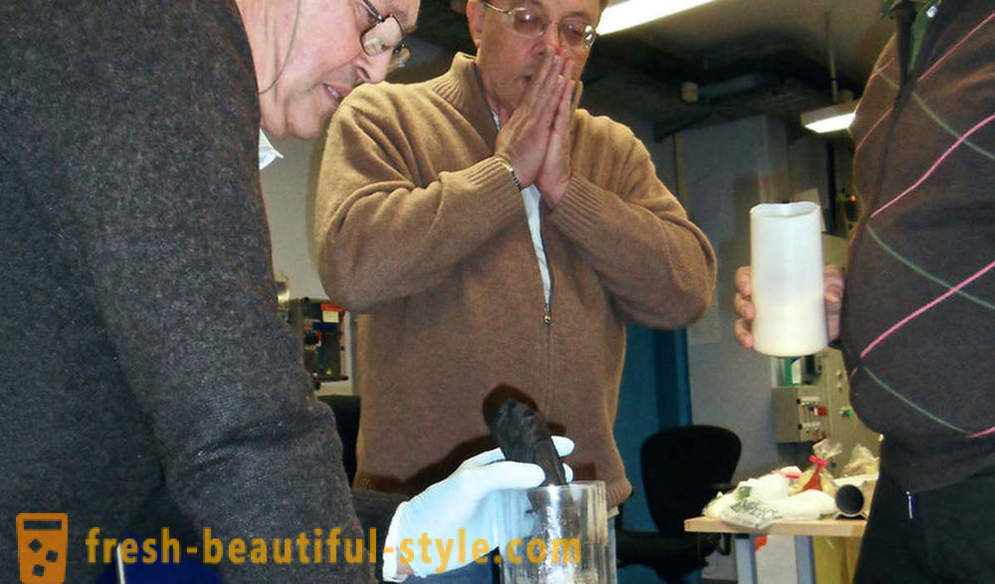
Scrolls
archaeologist work place not only in the field. A number of significant discoveries made laboratory scientists. This year the advanced setup with X-rays enabled scientists to read the ancient scrolls - the fragility of papyrus excludes any physical impact. Scientists promise that the new technology will become a tool to open a new layer of classical literature, beginning with the Renaissance.
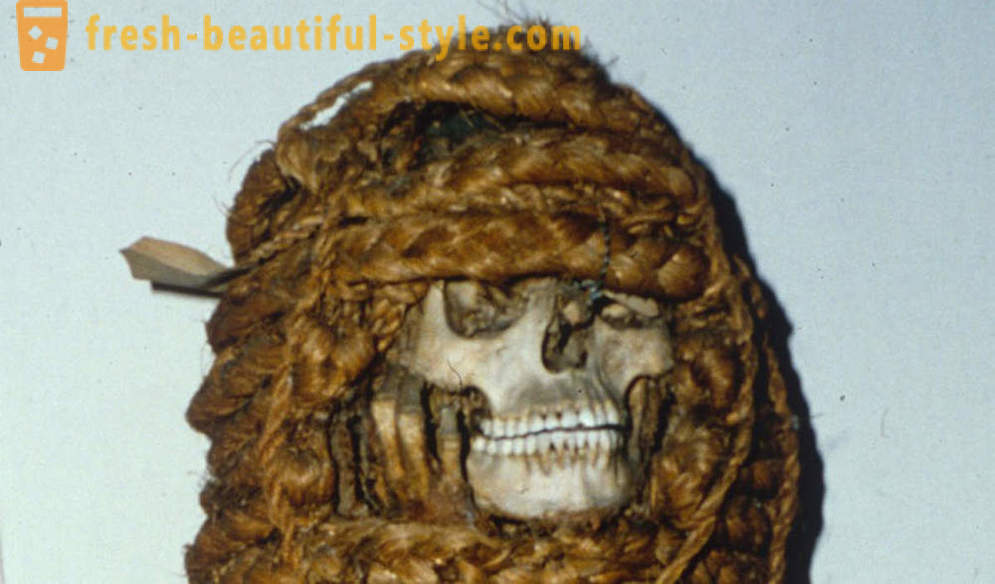
Mummy
mummy research allowed to make several important findings of modern clinical medicine. Scientists have discovered the oldest event of heart failure in the mummified remains of Egyptian dignitary, age 3500 years.
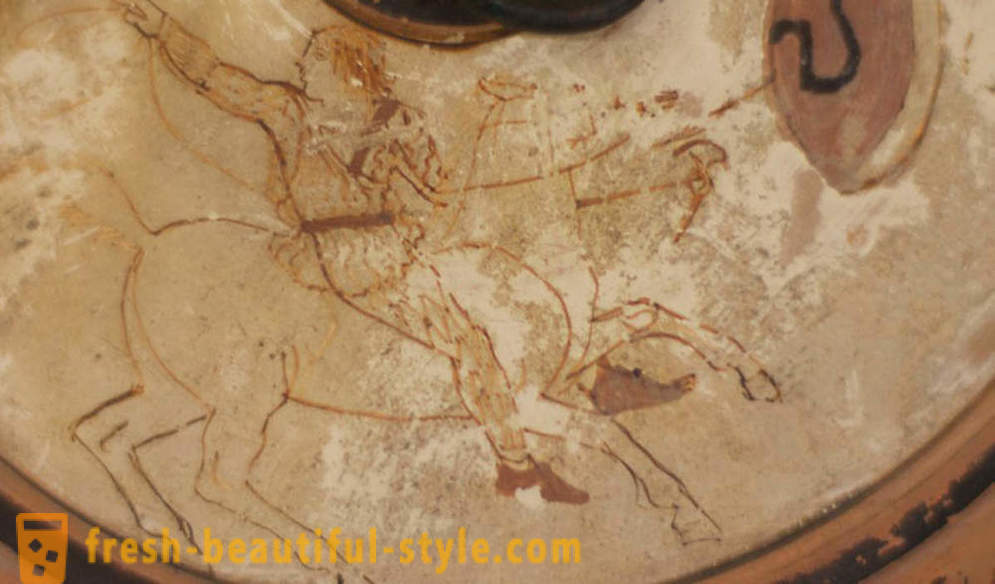
Wonder Woman
Quite an unusual discovery belongs to the scientist, who only has carefully examined the items exhibited in the museum. On one of the vases inquisitive explorer saw "the predecessor of Wonder Woman" (we are talking about the eponymous heroine of DC Comics). Vase painting depicts a battle horse of the Greek warrior Amazons: Warrior uses a lasso, which, according to available earlier this tribe has never been applied.













































